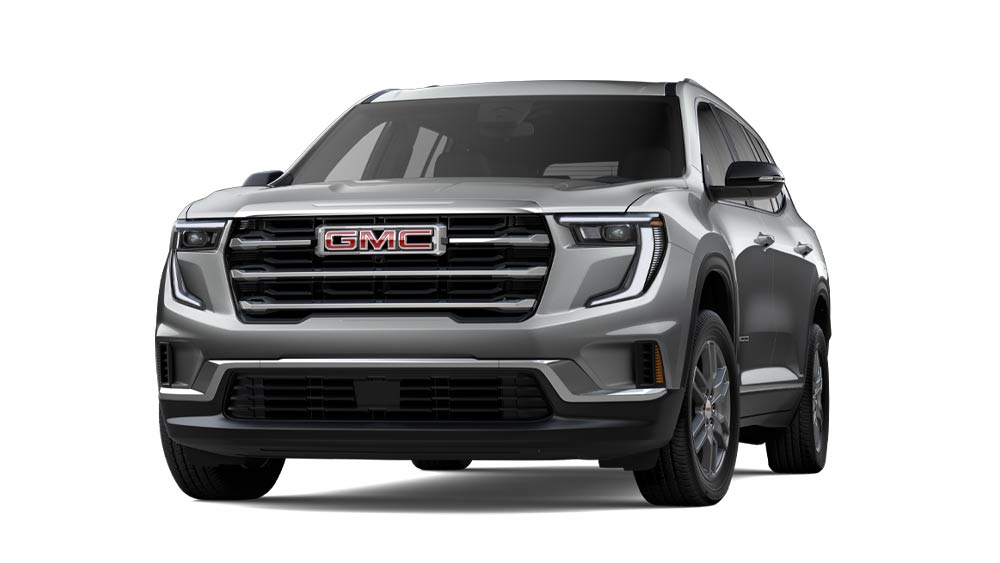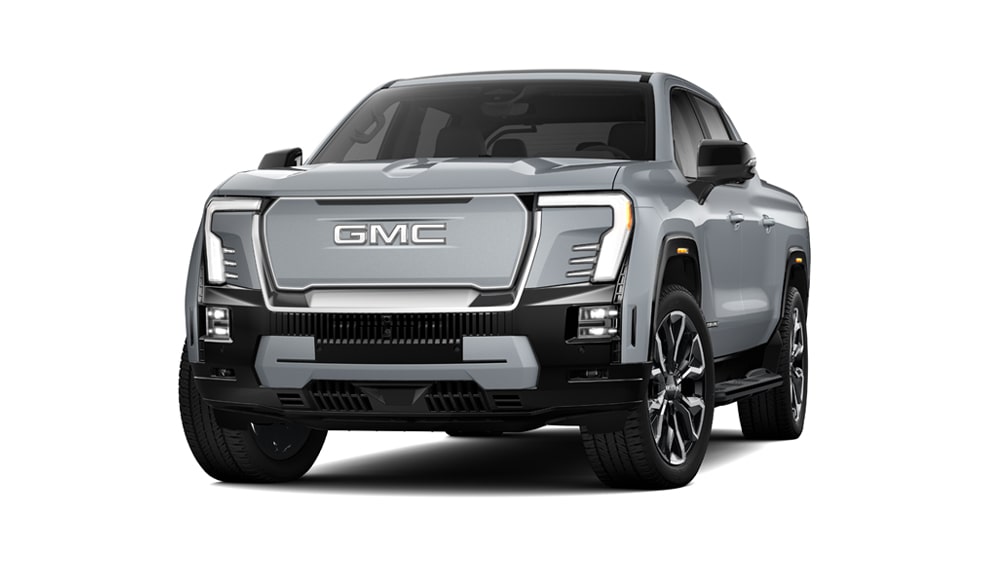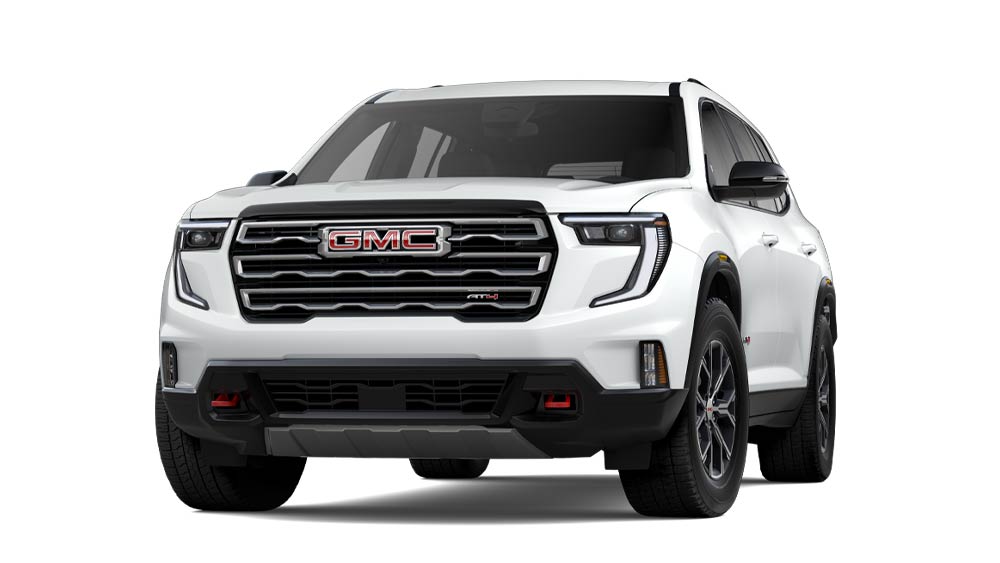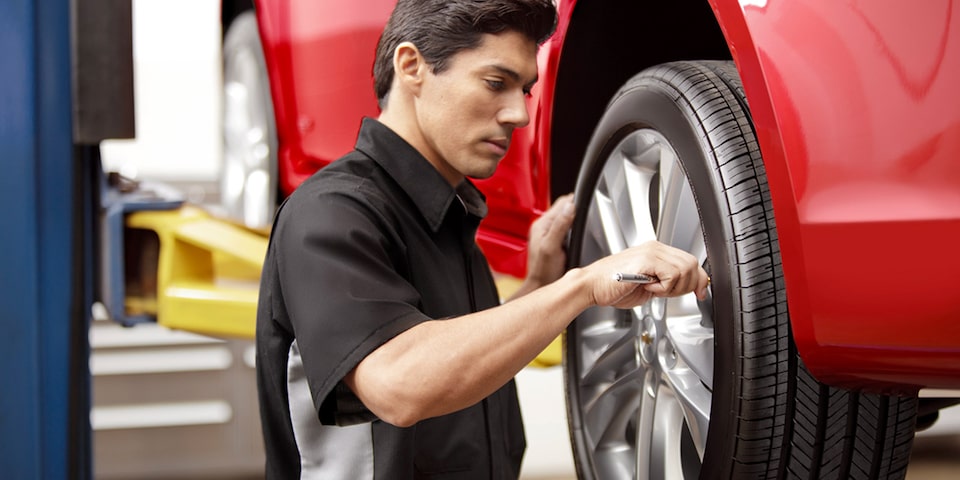HOW TO BASIC BATTERY CARE
Difficulty Level: Novice | Time Required: 10 Minutes | Tools Required: Wire brush, Wrench, Battery cleaner spray and Protective gloves
With good and consistent care, you can get optimal use and longevity from your vehicle’s battery. Here you’ll find information on inspecting your battery, cleaning the battery terminals, and tips for general care and usage.
Certain conditions can lead to excessive battery wear such as not properly grounding accessories, leaving accessories plugged in when the vehicle is not in use, infrequent and short-distance driving, and storing the vehicle in freezing temperatures. It’s important to take care of your vehicle’s battery to maximize its life.
Note: These tips only apply to traditional under-the-hood batteries — they DO NOT apply to electric or hybrid battery systems. If you are not comfortable with caring for your battery yourself, please schedule service with a Certified Service Dealer.
INSPECTING THE BATTERY
Your battery should be inspected and tested periodically. As part of the Multipoint Inspection during Dealership service visits, a Certified Service Technician will inspect your battery for cracks, leaks and corrosion; he or she will also perform a conductance test to assess battery health.
At home, visual inspections are always a good idea. Also, it’s important to note that the original equipment battery is maintenance-free — do not remove the cap and do not add fluid.
CLEANING THE BATTERY TERMINALS
Chemicals and vapors can escape the battery — mixed with extremely hot temperatures, this can corrode the battery terminals over time. The best way to prevent this is to keep the battery terminals clean.
- Make sure the vehicle is turned off.
- Locate and assess your battery. If you notice that the battery case is leaking, swollen or bloated, skip the cleaning and head to your dealership’s Service Department — your battery will likely need to be replaced.
- Undo the negative cable attached to your battery and then the positive cable. (Refer to your Owner’s Manual for help.)
Note: If a terminal clamp is difficult to loosen, try applying some cleaner or penetrating oil. Forcing the clamp loose could break the terminal.
- Apply battery cleaner and use a wire brush to scrub any corrosion from the posts.
- Dry the terminals completely and apply petroleum jelly. This will help prevent further corrosion and help strengthen the connection with the battery cable.
- Replace and tighten the battery cables, first the positive and then the negative. Do not overtighten.
GENERAL CARE AND USAGE TIPS
- If you drive infrequently, remove the black negative (-) cable from the battery to keep the battery from running down
- If your vehicle is in extended storage, remove the negative (-) cable from the battery or connect the battery to a trickle charger
- Charge the vehicle battery in a well-ventilated area. Charging releases highly flammable hydrogen. Keep open flames and flammable materials away from the battery
- After reconnecting the battery (or after a battery power loss):
- Turn the ignition on but do not start the engine.
- Leave the ignition on for at least three minutes to allow the electronic throttle control to cycle and relearn its home position.
- Turn the ignition off.
- Start and run the engine for at least 30 seconds.
- Turn the ignition on but do not start the engine.
WARNINGS
- Do not disconnect a battery’s cables while the vehicle is running
- Fans and other moving engine parts can injure you badly. Keep your hands away from moving parts once the engine is running
- Handle the battery carefully. A cracked case could spill harmful chemicals that could cause severe burns and blindness
- Do not attempt to charge a frozen vehicle battery. This may cause the battery to explode
- Follow state and local regulations when disposing of the vehicle battery
For your security, please don’t include personal info such as phone number, address or credit card details.
RELATED LINKS AND RESOURCES
Q&As
LOOKING FOR SOMETHING ELSE?
To find out if your vehicle has this feature, contact your dealer or refer to your vehicle’s equipment list. Please check your Owner’s Manual for more information about features.







































